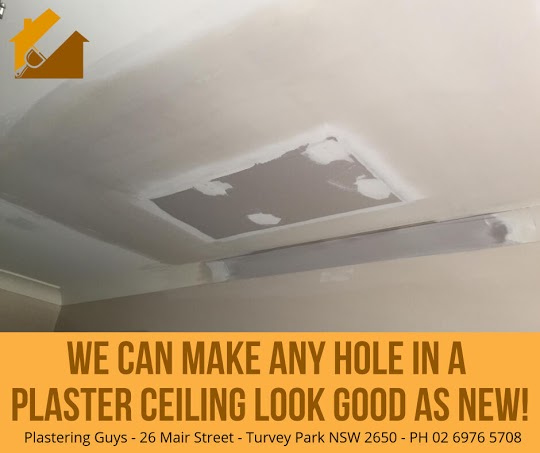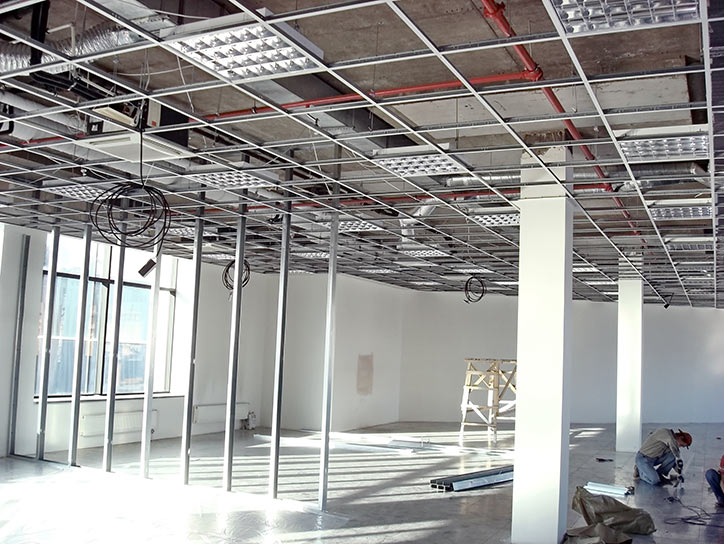Cracks in Plaster Walls - What Causes Them?
Cracks in plaster walls are usual. They usually result due to the settling of a new house. However, cracks can also result because of larger structural issues. Some cracks can actually be a product of some other related issues like drainage or leaking water. Here are the top 10 causes of cracks in plaster walls:
#1: Movement of foundation causes cracks in plaster walls
The movement of the foundation causes random cracks in your plaster walls. Frequent drying and wetting of the soil near the foundation may result in such movement. The foundation movement may also be caused by unequal distribution of the load, which can be a structural problem. Sometimes, earthquakes, flooding, tornados or other natural disasters can cause the foundation movement. It is always better to contact a pro builder for such issues promptly.
#2 In Plaster walls, corrosion of reinforcement causes cracks
Poor quality of plaster lets water penetrate inside, also known as water infiltration or seepage. The moisture reacts with the metal and corrodes the reinforcement bars. Such corrosion may lead to an outward force causing cracks in the plaster walls. That cause is considered a structural issue, which should be repaired as soon as possible.
#3 Loose plaster causes cracks
Whether old or new, Houses use standard plaster walls that can weaken as it becomes loose from the lumber that is affixed behind it, weakening the plaster from tension. Such issues can be fixed easily.
#4 Humidity:
The wood frames of a house can expand and shrink with the increase and drop in humidity. Such a movement causes stress and thrust. Such stress causes cracks in the plaster walls. However, these problems can easily be resolved.
#5: New House Settling Down
The lumber that is still green is moist inside. As the lumber dries out, it tends to move slightly from its original position. The movement causes cracks in the plaster walls. People may plan instant fixes, but they should fix these at least after a year to give the wood enough time to dry out completely. Then re-tape the crack joints with no worry of subsequent changes.
#6: Vacant house:
Leaving a house vacant for an extended period causes cracks in the plaster walls. In an empty house, the atmosphere is not maintained. Fluctuation in temperature and humidity can cause the wood to move, eventually causing cracks. In an occupied home, the temperature is usually maintained, hence, not susceptible to cracks.
#7: Foundation failure:
Cracks may be the sign of a bigger problem in the house. Sometimes, when the foundation starts falling apart, cracks are usually formed in the process. The foundation failure may have resulted due to years of neglect for an underlying cause such as water leaks or design problems. However, the cracks can be followed by other issues such as bulging walls, sagging ceilings, and collapsing ceiling. It is better to call a pro as soon as possible in such situations.
#8: Drying shrinkage:
It is otherwise a different kind of cause. If the plaster wasn’t formed with a mixture of the compound not containing proper water ratio, cracks are most likely the result. Some cracks can also come due to the drying and hardening of the plaster.
#9: Water Leaks:
When water leaks and runs down inside the framing, the structure is likely to get moist and weaken. There are noticeable yellow or brownish stains around it. Before fixing the walls, it’s essential to find the source of the leakage and repair it.
#10: Settling of studs
Old houses are affected by subtle movements. It usually results in hairline cracks that are partly caused due to the removal of the wood frame for creating windows and doors. Therefore, such cracks appear generally close to windows and doors. There is nothing to worry about – these cracks can be repaired with re-taping and paint.
Plaster Repairs: A DIY guide for the home and office
If you have plaster walls, it’s essential to keep them maintained. Keeping your walls in good condition is much easier when done regularly than waiting until there are problems with cracks or holes that need to be filled in.
Suspended Ceilings: What Are They?
Suspended Ceilings: What Are They? A suspended ceiling is a type of suspended structure that divides space into different levels. This suspended ceiling usually consists of several lengths of metal or wooden beams and horizontal surfaces suspended from the top, with columns in between to support each beam at regular intervals. Suspended ceilings are also […]
Reasons Behind The Cracks In Your Plaster
Reasons Behind The Cracks In Your Plaster Whenever structural elements get subjected to load, internal or external, and when the stresses exceed the permissible limits of pressure for that particular material upon which it’s constructed. This will lead to cracks in the structure and potentially catastrophic failures if not dealt with immediately. All houses should be designed […]




